14 GPTs for Emotion Analysis Powered by AI for Free of 2025
AI GPTs for Emotion Analysis are advanced tools that leverage Generative Pre-trained Transformers to interpret and analyze emotional content within text. By understanding the nuances of human emotions, these AI models are tailored to identify, categorize, and respond to emotional cues in written language, making them invaluable for applications requiring emotional insight. Their design incorporates the latest in AI research, allowing them to offer nuanced interpretations of emotional contexts, which is crucial for industries like customer service, mental health assessment, and social media monitoring.
Top 10 GPTs for Emotion Analysis are: Image Describer,Science of Intelligence Expert,怒る君,EmoDetect,Emotion Tutor,アダチさん1号(ASD篇),O2O GPT,Senti Monitor,Human Insight Analyzer,Thought Toucan
Image Describer
Unlock AI-powered image descriptions effortlessly.

Science of Intelligence Expert
Unraveling the Depths of Intelligence with AI

怒る君
Experience AI-powered Anger, Ethically.

EmoDetect
Discover Your Emotions, Powered by AI
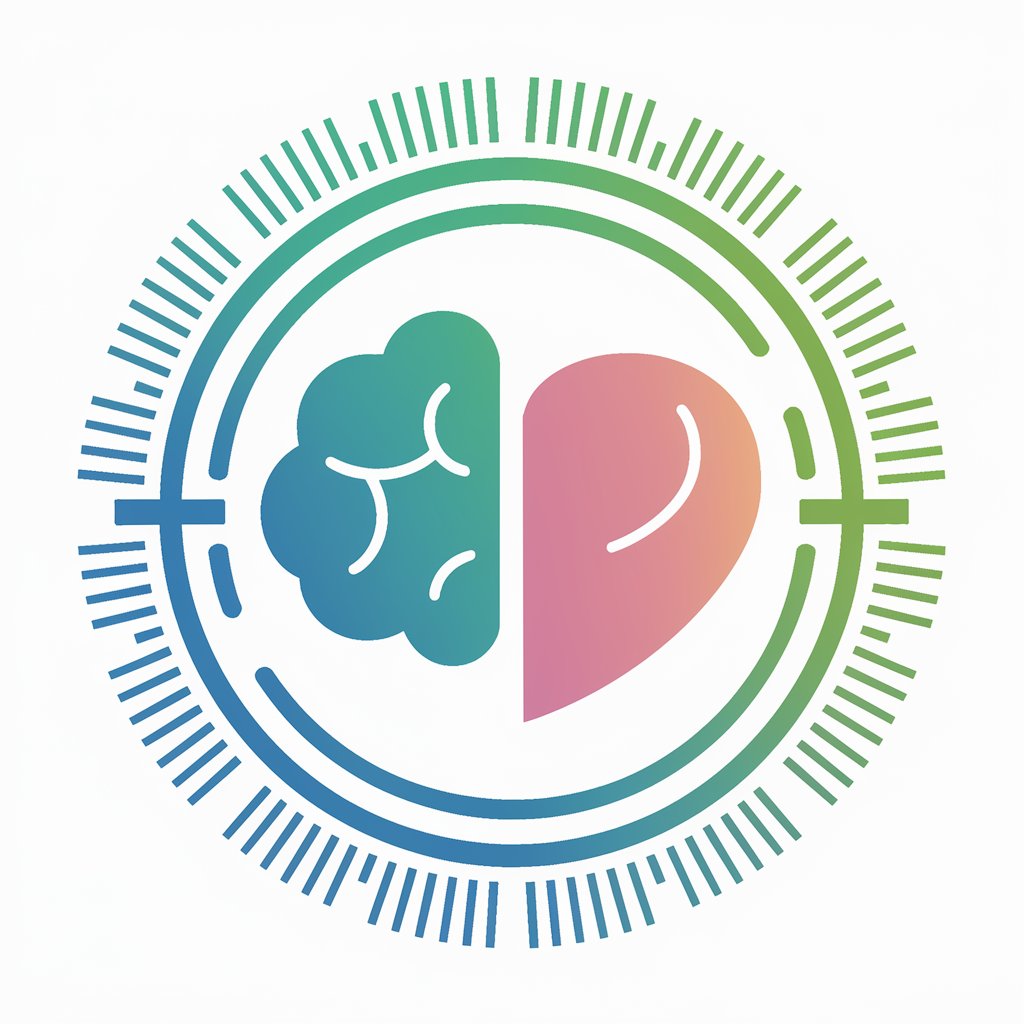
Emotion Tutor
Empowering Emotional Intelligence with AI

アダチさん1号(ASD篇)
Unlock insights into emotions and thoughts with AI.
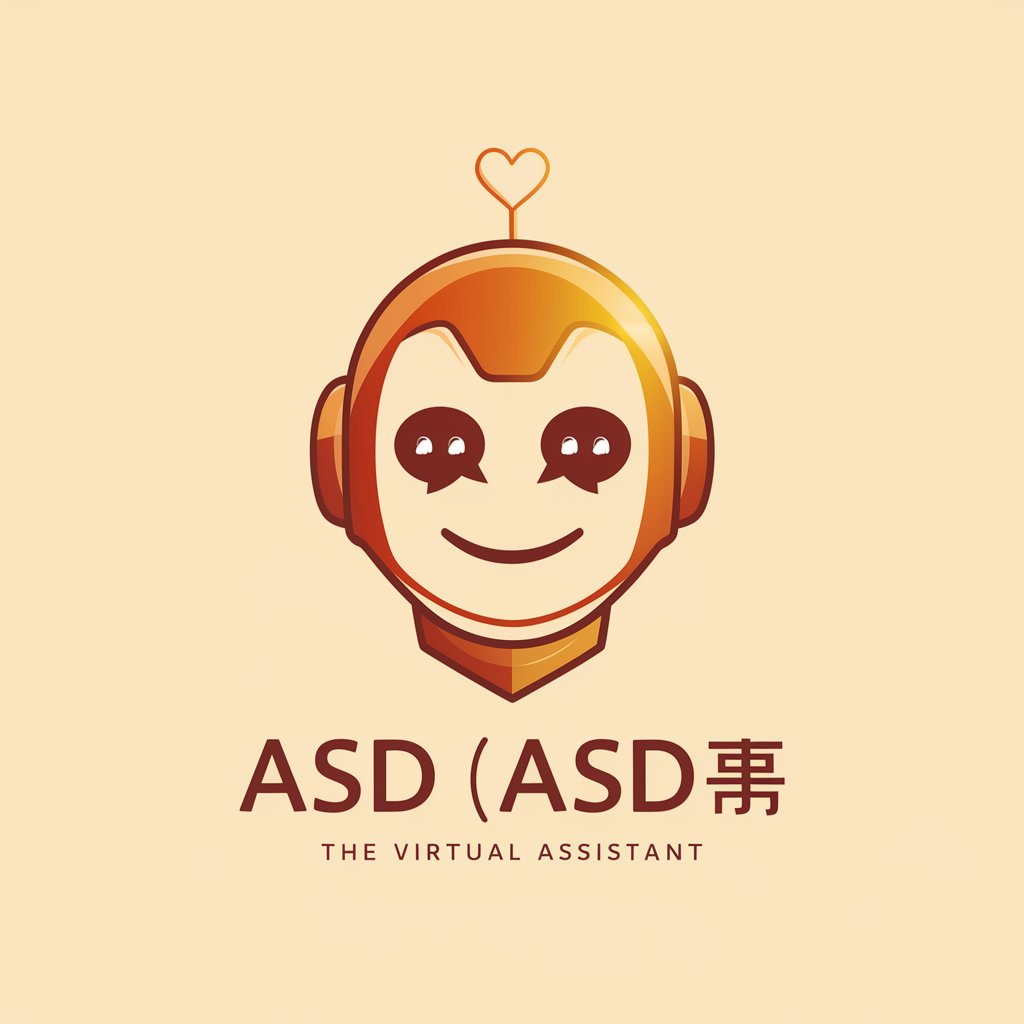
O2O GPT
Empower Conversations with AI
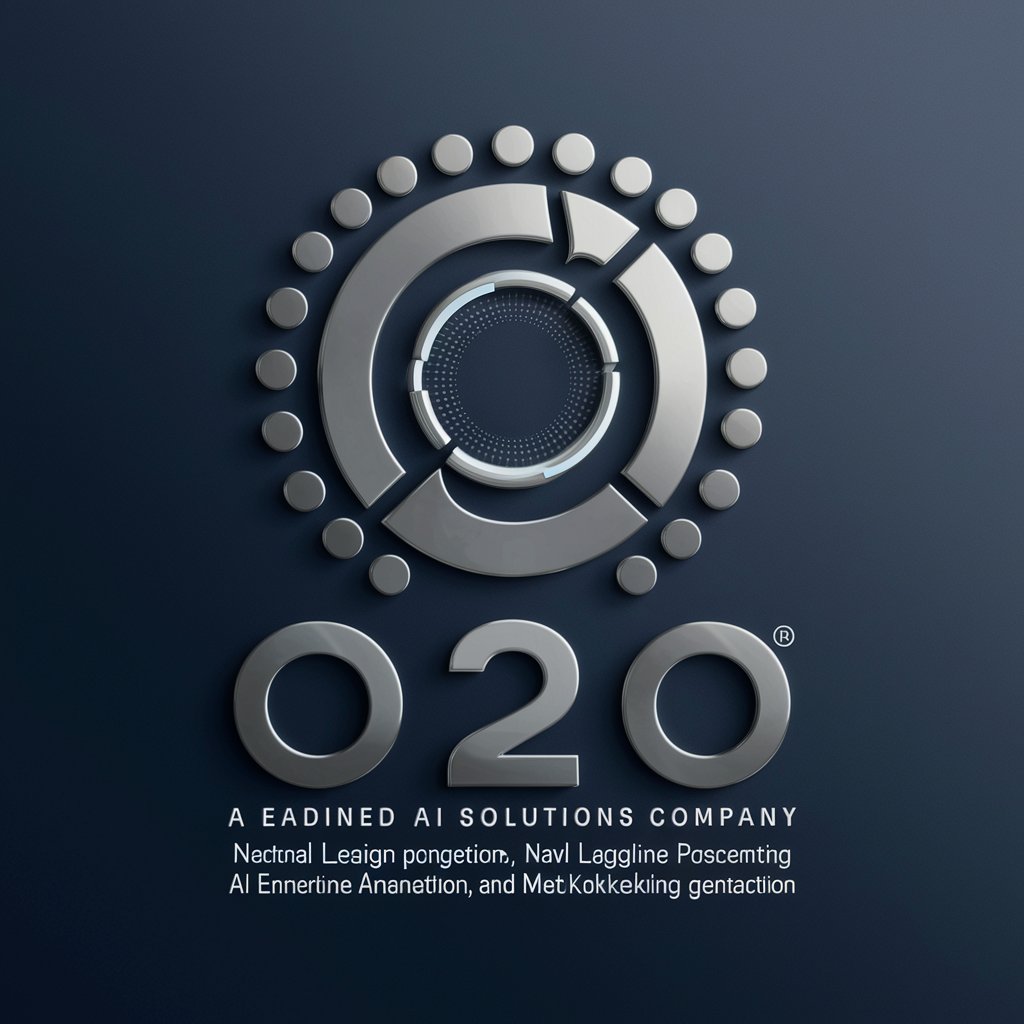
Senti Monitor
Unveil emotions, power decisions with AI

Human Insight Analyzer
Deciphering Human Elements with AI
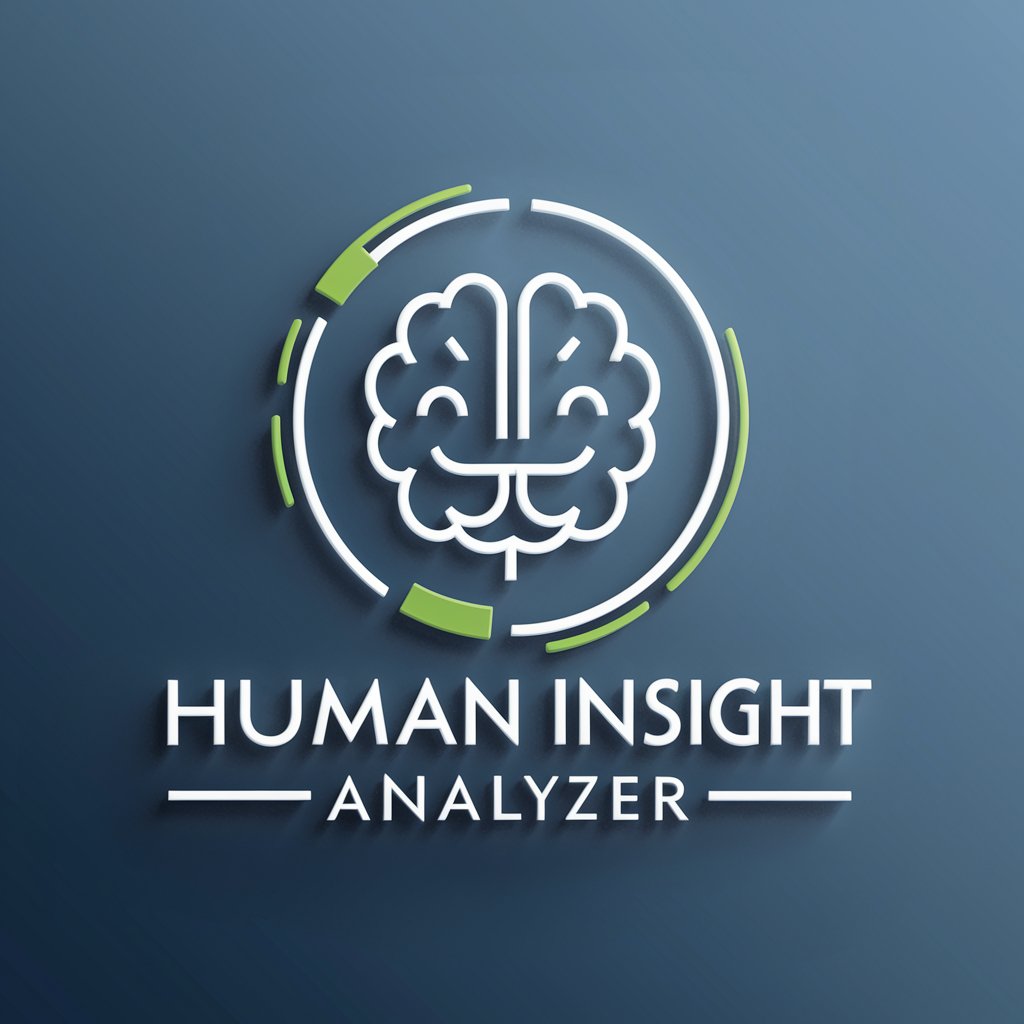
Thought Toucan
Empower your mind, AI-powered insight.

CogniView AI
Understanding Beyond Words with AI

ELIZA++
Revolutionizing Emotional Dialogue with AI
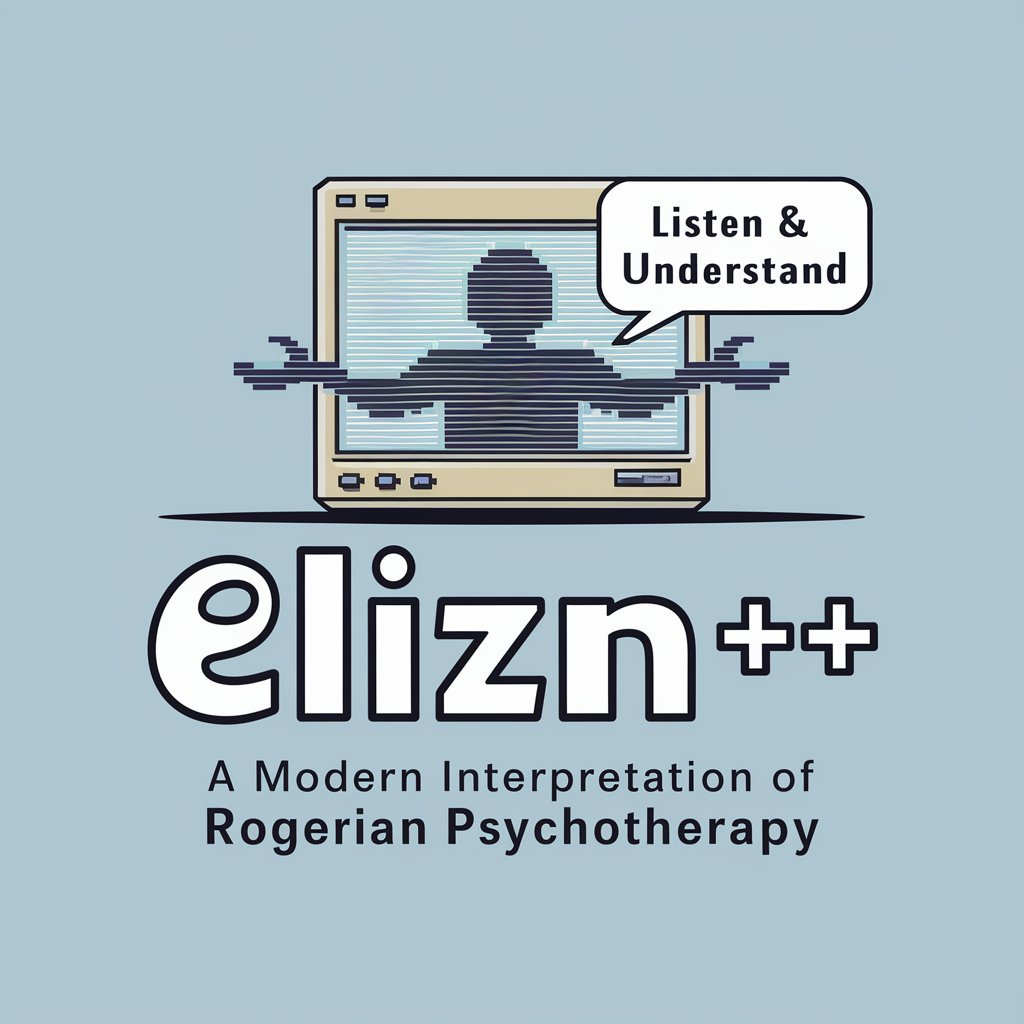
Churrasco Mood Chef
Personalized Churrasco recipes for every mood

Literature Synthesizer
Synthesizing the future of emotion recognition research

Essential Attributes and Functions
The core features of AI GPTs for Emotion Analysis include their ability to learn and adapt to the linguistic nuances of different emotions, providing accurate emotion categorization from text inputs. They support multiple languages, can handle large volumes of data efficiently, and offer real-time analysis capabilities. Special features may include sentiment analysis, tone detection, and the ability to tailor responses based on the emotional context of the input. These tools also often come with APIs for integration into existing systems, customizable models for specific needs, and robust technical support for developers.
Who Benefits from Emotion Analysis AI
AI GPTs tools for Emotion Analysis are designed for a broad audience, including individuals with no coding background, developers, and professionals working in fields such as mental health, customer service, and social media management. They offer intuitive interfaces for novices, while providing extensive customization and integration options for programmers and industry specialists, ensuring accessibility and utility across various levels of technical proficiency.
Try Our other AI GPTs tools for Free
Confidential Sharing
Discover the next generation of AI GPTs for Confidential Sharing, designed to secure your sensitive data with advanced encryption and tailored solutions.
Speculative Fiction
Discover AI GPT tools tailored for Speculative Fiction, designed to innovate and inspire in the realms of fantasy, science fiction, and beyond. Unlock your creative potential with advanced AI technology.
Opener Crafting
Discover AI GPTs for Opener Crafting, the ultimate tools for generating engaging content starters. Tailored for diverse needs, these AI solutions revolutionize content creation with ease and creativity.
Engagement Boost
Discover how AI GPTs can revolutionize user engagement with personalized, interactive experiences designed to captivate and retain your audience.
Profile Advice
Discover how AI GPTs for Profile Advice can transform your online presence with personalized, data-driven recommendations for optimizing your profiles across various platforms.
Honesty Focus
Explore AI GPTs for Honesty Focus, ethical AI solutions designed to prioritize truthfulness and integrity in digital content and interactions.
Expanding Horizons with AI in Emotion Analysis
AI GPTs for Emotion Analysis are revolutionizing how we understand emotional communication in text. With user-friendly interfaces and integration capabilities, these tools offer scalable solutions across industries, enhancing emotional intelligence in digital interactions. Innovations continue to improve accuracy and adaptability, making AI an indispensable tool for any field requiring emotional insight.
Frequently Asked Questions
What is Emotion Analysis in AI?
Emotion Analysis in AI involves the use of algorithms and models to detect and interpret the emotional tone behind text data, enabling machines to understand human emotions expressed in written language.
How do AI GPTs for Emotion Analysis work?
These tools analyze text data using natural language processing and machine learning techniques to identify emotional cues, classify the emotion expressed, and sometimes predict emotional responses.
Can these AI tools analyze emotions in any language?
Many AI GPTs for Emotion Analysis are multilingual, capable of understanding and analyzing emotions in several major languages, thanks to their extensive training datasets.
Are there customization options for specific industries?
Yes, many AI GPTs offer customizable models that can be fine-tuned to specific industry needs, such as healthcare for patient sentiment analysis or customer service for evaluating consumer satisfaction.
Do I need programming skills to use AI GPTs for Emotion Analysis?
Not necessarily. While having programming skills can enhance the ability to customize and integrate these tools, many offer user-friendly interfaces that do not require coding knowledge.
How can Emotion Analysis AI improve customer service?
By analyzing customer feedback or inquiries for emotional content, businesses can tailor their responses to better meet customer needs, improving satisfaction and loyalty.
What are the limitations of Emotion Analysis AI?
Limitations include potential biases in training data, difficulty in detecting sarcasm or irony, and the challenge of interpreting emotions accurately across different cultures.
Is data privacy a concern with Emotion Analysis AI?
Yes, these tools must be designed and used in compliance with data protection regulations, as they process sensitive personal information related to individuals' emotions.